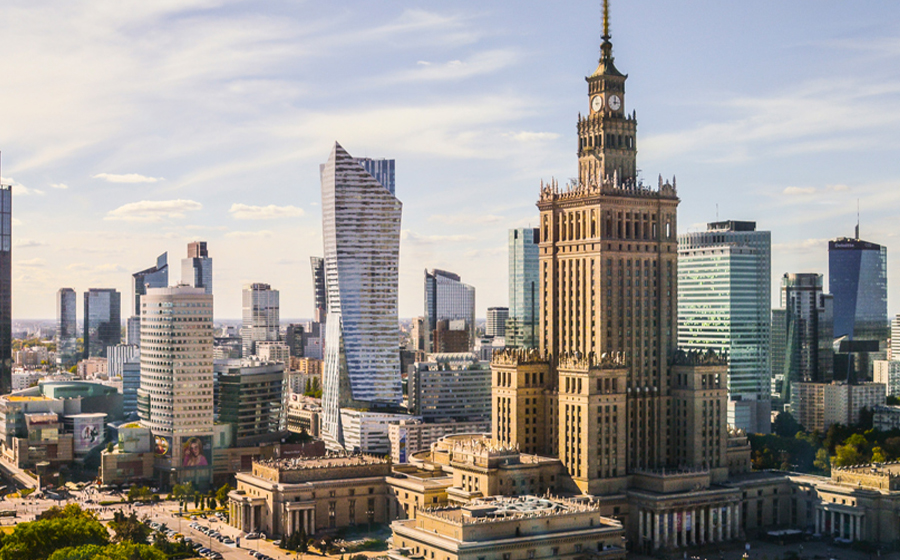Hungary, officially known as the Republic of Hungary, is a landlocked country located in Central Europe. It shares borders with Austria to the west, Slovakia to the north, Ukraine to the northeast, Romania to the east, Serbia to the south, Croatia to the southwest, and Slovenia to the west. Covering an area of 93,030 square kilometers, Hungary is known for its rich cultural heritage, beautiful landscapes, and historical significance. Full Name: Republic of Hungary Population: (2022) 9,596,000 Capital: Budapest Largest city: Budapest Currency: Hungarian Forint (HUF) Area: 93,030 km² (35,920 sq mi) Major Language: Hungarian Major Religion: Christianity (predominantly Roman Catholic and Protestant) Life Style & Culture: Hungarian Why Choose Hungary Hungary is a popular destination for tourists and expatriates alike due to its rich history, affordable cost of living, and vibrant culture. It is a member of the European Union and the Schengen Area, which makes it easily accessible for travelers and investors. Hungary is famous for its thermal baths, grand architecture, and lively arts scene. The capital, Budapest, is considered one of Europe’s most beautiful cities, offering a unique mix of history and modernity. Life Style Life in Hungary is a blend of traditional European charm and modern urban living. The country places a strong emphasis on family values, cultural heritage, and culinary traditions. Hungarian cuisine, with its famous dishes like goulash and paprika-spiced meals, plays an important role in daily life. Cities like Budapest offer a cosmopolitan lifestyle, while the countryside provides a peaceful, rural way of life. Hungary also hosts numerous festivals, cultural events, and concerts throughout the year, showcasing its vibrant arts scene. Law & Rules Hungary follows a civil law system and, as a member of the European Union, abides by EU laws and regulations. It is known for being safe and welcoming, making it a comfortable and secure country to live in or visit. Beautiful Cities This is a list of selected cities, towns, and other populated places in Hungary, ordered alphabetically by region: Budapest Debrecen Szeged Pécs Miskolc Győr Universities Hungary is home to several prestigious universities that attract both local and international students. Known for its high standards of education, particularly in the fields of medicine, engineering, and sciences, Hungary offers many programs in English. SL Name of Universities Ranking 01 Eötvös Loránd University (Budapest) 01 02 University of Szeged 02 03 Semmelweis University (Budapest) 03 04 University of Debrecen 04 05 Budapest University of Technology and Economics 05 06 Corvinus University of Budapest 06 07 University of Pécs 07 08 Central European University (CEU) 08 09 Hungarian University of Fine Arts 09 10 Károli Gáspár University of the Reformed Church 10 Historical Places Hungary is steeped in history, with many UNESCO World Heritage Sites and famous landmarks. Some of the most notable historical and cultural sites include: Buda Castle (Budapest) Fisherman’s Bastion (Budapest) Heroes’ Square (Budapest) Lake Balaton (Central Hungary) Hortobágy National Park (UNESCO World Heritage Site) Esztergom Basilica (Esztergom) Eger Castle (Eger) These places showcase Hungary’s rich cultural heritage and its centuries-old traditions. The country’s blend of historical landmarks, stunning architecture, and natural beauty makes it a favorite destination for tourists from all over the world.
- Opening Time : 09:00 - 17:00






